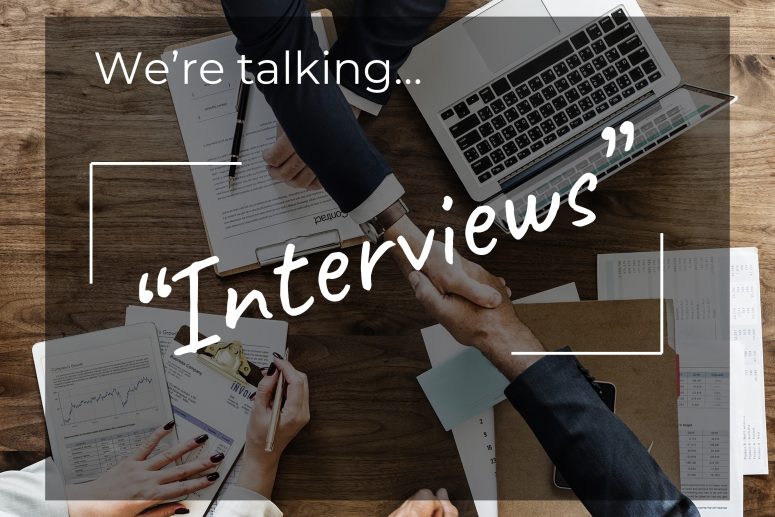
‘Winging’ an interview is never usually a good idea and its often obvious to any recruiter or hirer when you arrive unprepared and lacking information. Considering the internet has a constant influx of information on interview questions, there really is no excuse not to brush up and put yourself that step ahead!
Some of the main questions appear simple, but practising them will help your confidence, show your preparation and highlight your knowledge.
Firstly, and often one of the most difficult questions, is ‘Tell me a bit about yourself?’
This is NOT a question about your life story.
It relates to your professional development. Ensure that your key points align with job spec and requirements. Focus on key relevant points and competitive strengths and then turn this into a story.
Breaking down the question into key points will make it easier to recite and recall in an interview environment.
A great example can be found here https://www.linkedin.com/pulse/20140707201224-6220028-how-to-answer-the-tell-me-about-yourself-interview-question/ , this article has a template to work from to help you build a strong and informative narrative.
‘What do you know about the company?’
This is your chance to show that you’ve researched the company.
Use the company website to find any information, such as structure, all areas of work, company history and any key points.
Googling the company is also useful to find if the company has undergone any mergers, change of staff and the effects this could have had.
Finally, utilising LinkedIn, create an all-round knowledge of employees, roles and company information to show that you’ve explored various avenues of information.
‘Why do you want this role?’
Use this opportunity to study the job spec and apply your own experience to key responsibilities and skills or requirements listed.
Mention the company, use your previous research and apply it to an aspect of why it makes you want to work there; what does the company do?, what are their values?, do they have areas of expertise you want to learn?
Linking the two, will show that you’ve considered yourself working there, what you could bring and why the company works for you.
Align the role spec with your experience, pick a few key points and elaborate with an explanation as to why these tasks appeal to you and how you could confidently complete them. Keep this relatively short, as there will be an opportunity to delve into this further throughout the interview.
‘What would you bring to the company/ Why should we hire you?’
Tackle this question by splitting it in to two parts. What’s in it for the company and what’s in it for you?
Use examples to show that you will be the right candidate; dedicated, motivated and ready to learn.
Yet also show that aspects of the job will encourage your motivation and your professional and personal development.
When interviewing alongside other candidates, use aspects of the company’s purpose and values to show how you align with them and how they will aid your personal investment.
This will help ensure you cover all factors that highlight your interest and enthusiasm for the company and how both you and the hirer will benefit.
‘What are your strengths and weaknesses?’
Choose three of each (you may be asked to describe less, but it’s better to be over-prepared), no-one is interested in an exhaustive descriptive list. Three answers with an example for justification, will keep the answer relative, short and interesting.
If there is an opportunity to relate your strengths and weaknesses to the job requirements/or skills that would be beneficial to the role, then use this as another example to highlight your competency.
When answering weaknesses, follow the same structure. When giving an example show your reflection on the weakness and how you’re working to overcome it/what steps have you taken to improve in these areas.
‘How do you deal with Situation XYZ?’
In this question, the hirer is trying to get a feel for the way you deal and manage in varying situations. This could range from a time you helped to introduce new ideas, overcame difficultly or confusion with co-workers or even how you managed a conversation with senior team members.
One of the techniques we recommend for this question is the STAR method; SITUATION, TASK, ACTION, RESULT.
SITUATION: Use a situation from experience, with specific details.
TASK: What was your responsibility, how were you to perform in the situation?
ACTION: When describing how you overcome the obstacle or challenge, focus on your role and aid you had in the situation that brought about a change.
RESULT: Finally, what was the outcome? Emphasise your accomplishments or even what you learned from the situation and how it could be applied next time.
It will take some investment of time to complete the preparation, though it is well worth it given that this will be fundamental to all interviews in the future!
